High Intensity Interval Training is back on top of the ACSM Worldwide Survey for Fitness Trends of 2018. HIIT debuted at the #1 spot in 2014 and has been in the top 3 ever since. This type of training is characterized by cycling timed intervals of maximum effort (80-95% of max heart rate) with recovery periods (40-50% of max heart rate).
Why is HIIT so popular?
Time Efficient
In a fast-paced world with packed schedules paired with long hours and commutes, it can be hard to find 1-2 hours/day most days of the week for exercise. HIIT workouts can be as short as 20-30 minutes, even shorter in some cases, and are easier to fit into a schedule than longer, steady state workouts.
Effective
The effectiveness of HIIT can be attributed to the EPOC effect (excess post-exercise oxygen consumption) brought on by the need to increase the rate at which calories are burned after this type of workout to return the body to homeostasis. This is also called “after burn”. Other benefits of HIIT are improvements in cardiovascular health, aerobic & anaerobic fitness levels, blood pressure, and insulin sensitivity.
Adaptable
Timed interval training is easily adaptable to every fitness level. As opposed to performing a certain number of reps and sets, each person is encouraged to work at their personal best for a given “work” interval. Take a total body exercise like “burpees” for example – a beginner might execute 3-5 burpees in 60 seconds while the advanced exerciser might complete 10+ burpees during that same work interval. At the end of the 60 seconds, both participants should feel the same – fatigued. Though they completed a different number of reps, their effort should be the same.
Designing a HIIT Workout
Whether you are designing a HIIT workout for yourself, a client, or a group here is a step-by-step example of how to design a total body HIIT workout.
STEP ONE: Determine total time for the workout.
This will help you determine how long to spend in the warm up and cool down as well as the number of intervals and the work to recovery ratio. For this example, let’s chose a total workout time of 30 minutes = 5 min warm up + 20 min workout + 5 min cool down
STEP TWO: Determine the work to recovery ratio.
ASCM recommends a 1:1 work:recovery ratio, i.e. 30 seconds of work to 30 seconds of recovery. You can complete 20 exercise intervals in 20 minutes with a work : rest ratio of 1:1 at 30 seconds each.
STEP THREE: Choose exercise types.
For this example, we have decided on 20 exercises. Rather than choose 20 different exercises, let’s keep it simple and choose or 5 exercises to be repeated in a vertically loaded circuit at total of four times.
To ensure this is a total body workout, make sure to choose exercises for the upper body, lower body, and core – or choose compound exercises that challenge multiple muscle groups.
Sample Exercise Template
- Lower Body
- Core
- Compound
- Upper Body
- Compound
STEP FOUR: Select equipment.
Now that you have narrowed down the types of exercises you want to do, the specific exercises will be determined by the type and amount of equipment available to you. Many HIIT workouts are designed with no equipment and feature body weight as the only resistance. However, if you want to implement equipment, choose items that are versatile and can lend themselves easily to cardio and strength based movements such as:

3-in-1 Foam Plyo
Kettlebell 
Wall Ball 
Core Hammer 
Power Training Rope 
PowerWave 
Premium Slam Ball Prime 
Elite Power Medicine Ball Prime
For this example, we will choose the PowerWave & the Kettlebell:
- Lower Body – Kettlebell Goblet Squat
- Core – PowerWave Seated Russian Twist
- Compound – Kettlebell Swing
- Upper Body – PowerWave Overhead Press
- Compound – Burpee with PowerWave
Choose your own 5 minute warm up and cool down, then execute the total body HIIT circuit above for 5 rounds of 30 sec work : 30 sec recovery/transition.
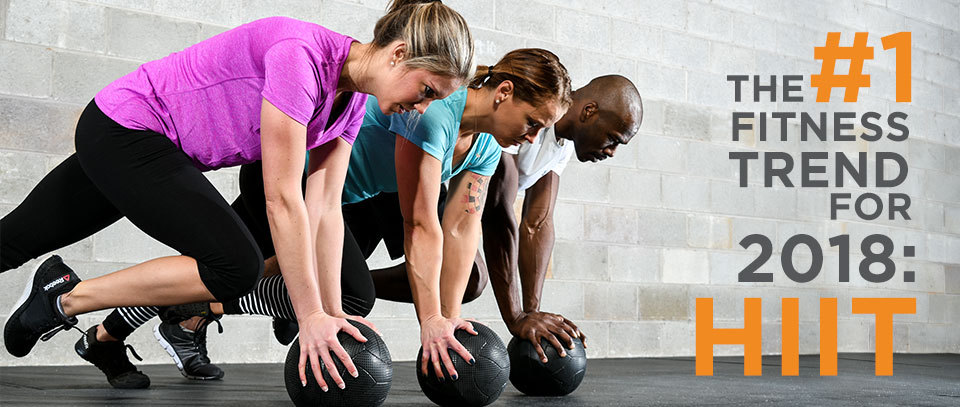
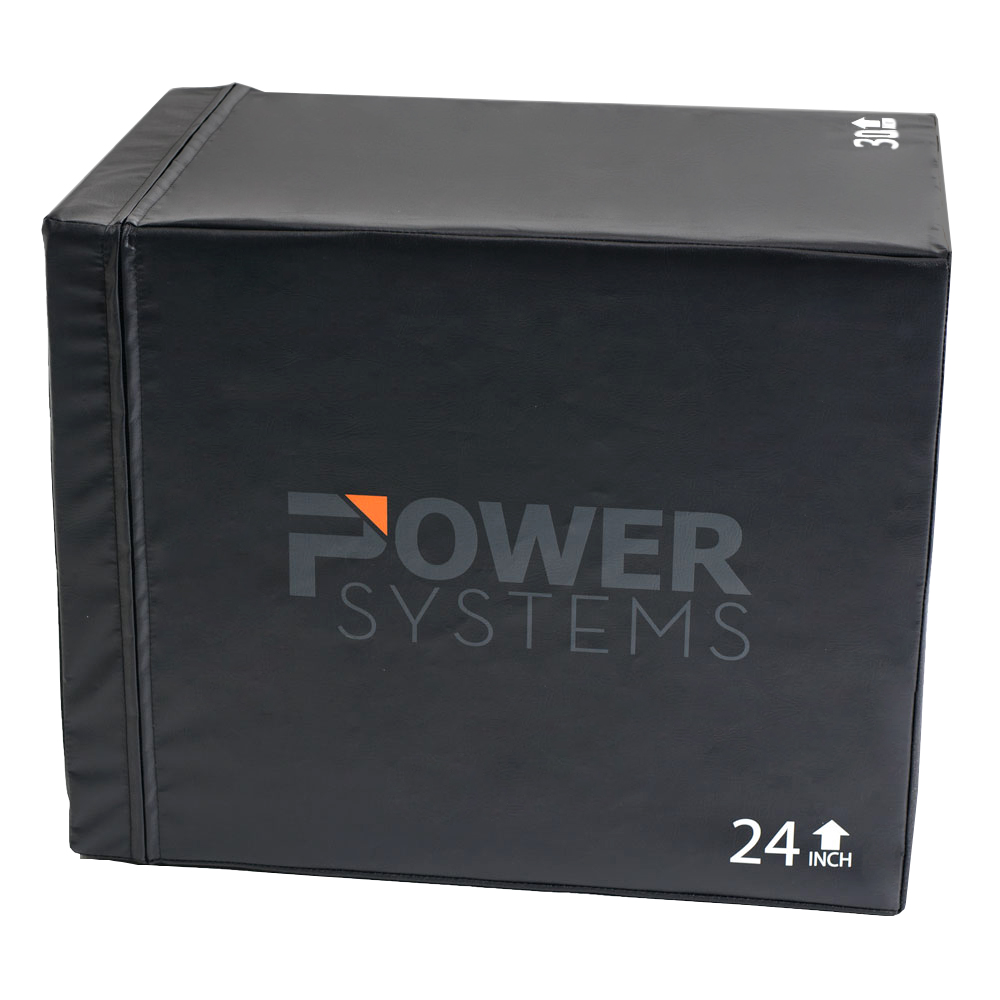
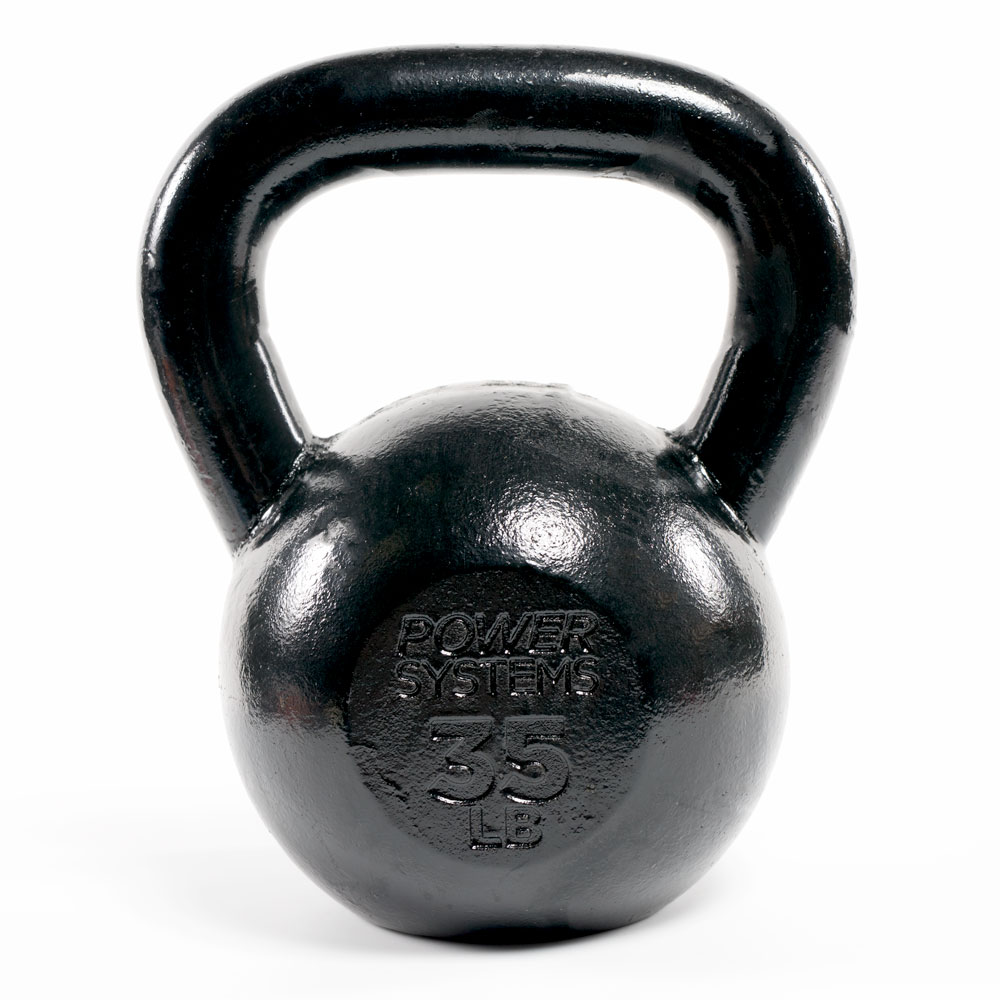
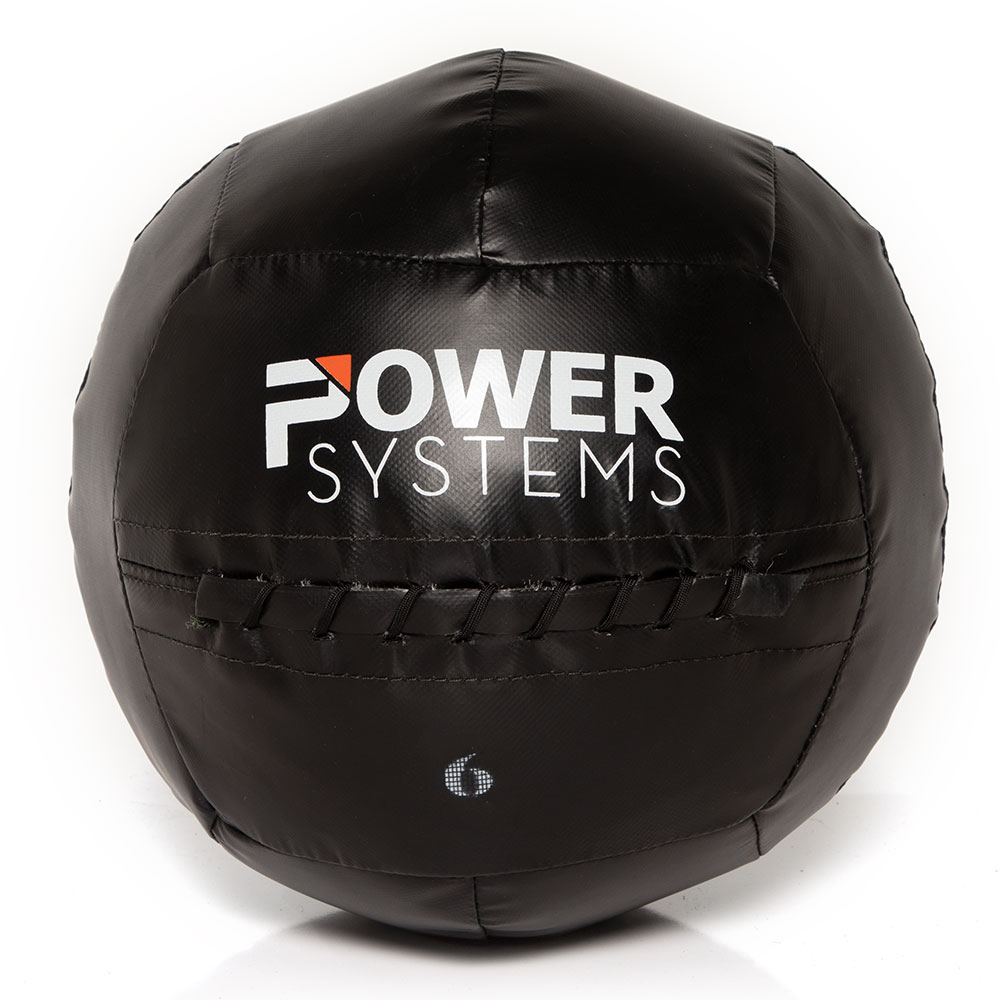
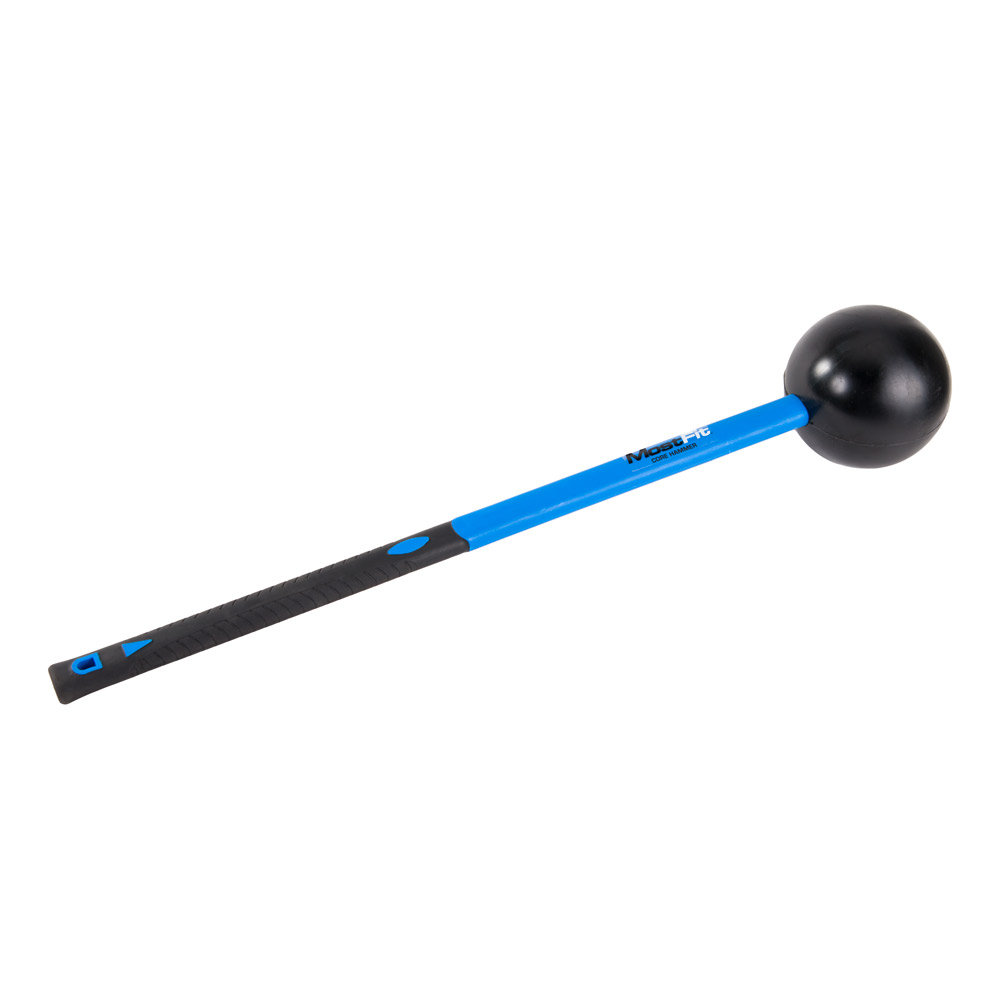
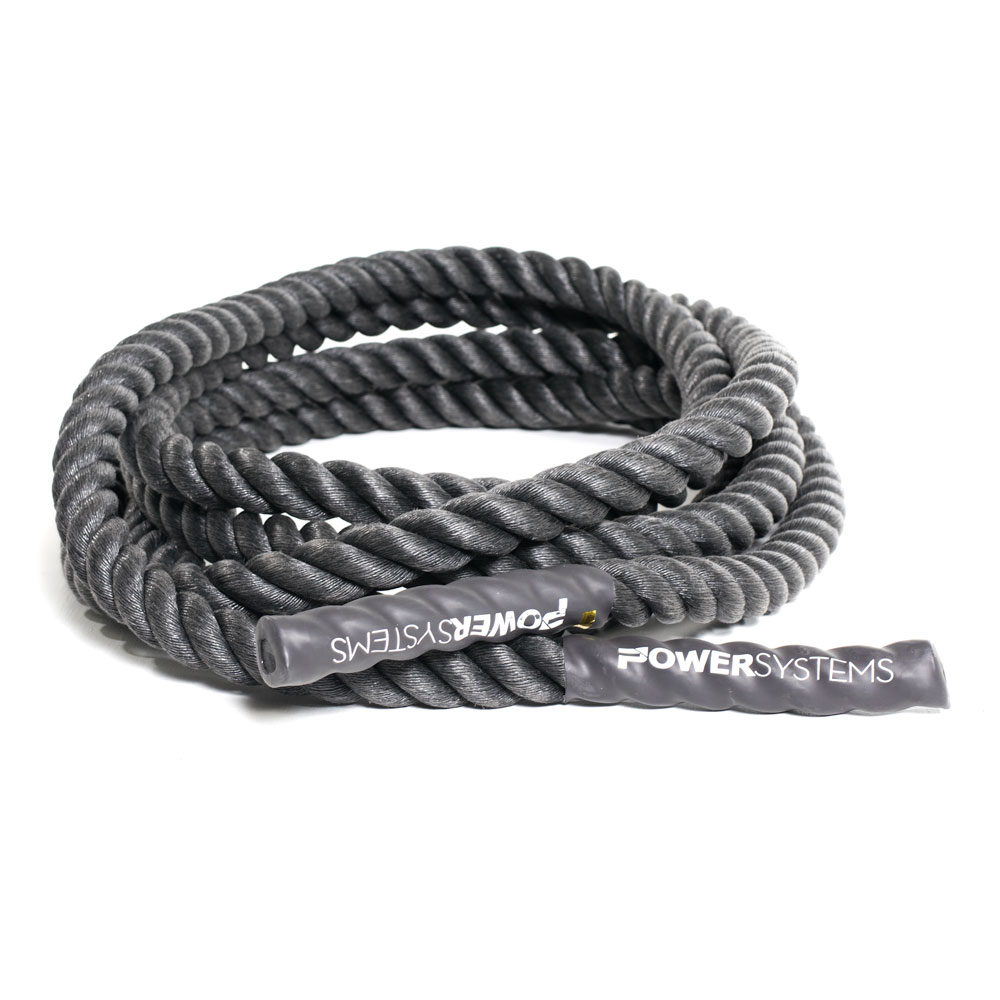

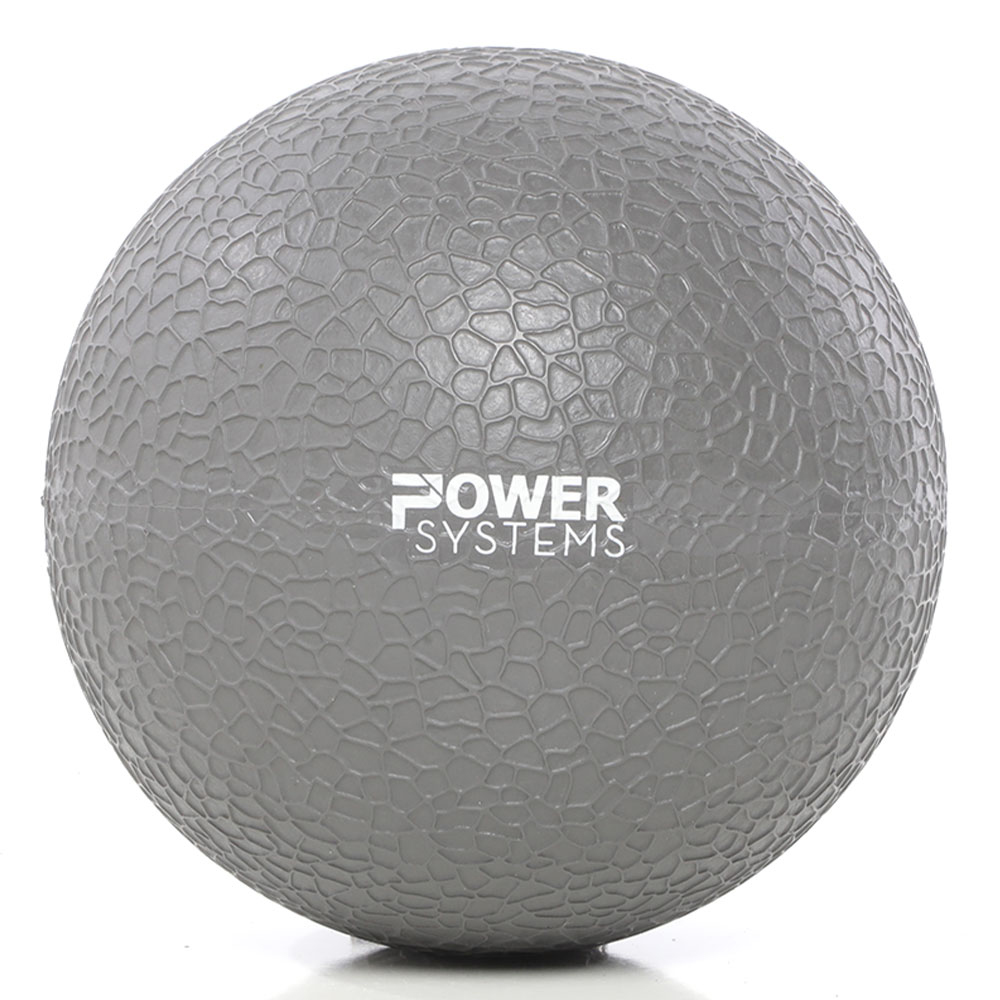

You must be logged in to post a comment.